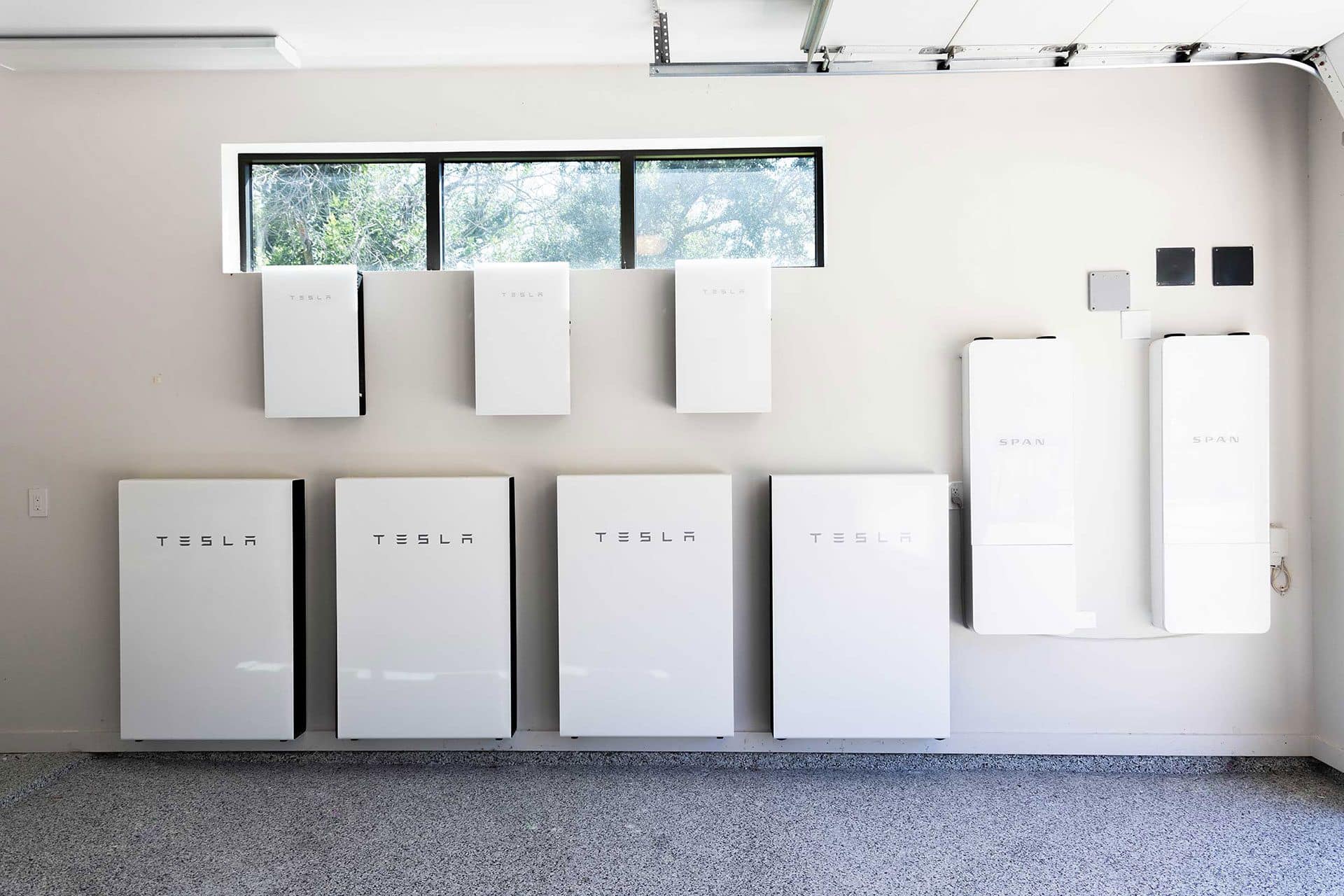Frequently Asked Questions About Solar
Solar energy is becoming an increasingly popular source of renewable energy for residential and commercial properties alike.
Solar energy systems can have a significant impact on the value of a property. According to a study by the National Renewable Energy Laboratory, every dollar saved on electricity bills through a solar panel system can increase the value of a home by $20, which translates to a $30,000 increase for a 6 kW solar panel system that saves $120 per month on energy bills. On average, solar panels can raise a home’s value by 4.1% across the United States, according to a Zillow analysis, which could increase a home’s value by $9,274 on a $226,300 home. Additionally, a study by the Lawrence Berkeley Labs formula found that a 6 kW solar panel system could result in a $30,000 increase in home value.
It is important to note that the age of the roof could impact the installation of solar panels, as an old roof under new panels may need replacement, which adds to the cost of removal, installation, and reinstallation of the panels. Additionally, solar panels offer long-term savings as they lock energy prices at a constant rate, meaning that as electricity prices rise, energy bills will not, resulting in an annual savings of around $1,500, or $37,500 over a period of 25 years.
On the other hand, off-grid solar systems are not connected to the power grid and rely on battery storage to provide electricity when the sun is not shining. These systems require a more significant investment in battery storage to ensure that they have enough power to last through periods of low sunlight. Off-grid systems are ideal for remote areas where grid power is not available or is prohibitively expensive to install.
In terms of cost, grid-tied solar systems tend to be less expensive than off-grid systems, as they require fewer components and do not need as much battery storage. Off-grid systems require more upfront costs for additional equipment like expensive battery banks to make them viable. However, off-grid systems may be more cost-effective in remote areas where it would be expensive to connect to the grid.
It is important to note that the specific components needed for a solar energy system can vary depending on the system’s intended use and design. For example, a residential solar electric system may include a solar battery storage unit to store excess energy, while a grid-tie system may not require batteries since excess energy can be fed back into the power grid. Overall, the combination of these components allows solar energy to be harnessed and converted into usable electricity.
Yes, solar power can be stored for future use in residential photovoltaic (PV) systems using various types of batteries such as lithium-ion, lead-acid, and flow batteries. The ability to store solar energy is important as solar panels can only generate electricity when the sun is shining.
Solar power storage can last up to 18 years and is a fossil and emissions-free way of generating electricity. However, it should be noted that solar panels are not designed to store excess electricity, and any unused electricity will be fed back into the power grid. Therefore, if you want to store your excess solar energy, solar battery systems are available
The average home can save between $20,000 and $97,000 over the lifetime of a solar panel system, depending on the cost of electricity in your area. Installing solar panels can cost money upfront, but the federal tax credit can help lower the cost
Yes, solar panels can power a whole house, but it depends on several factors. First, the number of solar panels required to power a home depends on the energy consumption of the home. The average house needs 15-18 solar panels to generate enough electricity to power a 1500-square-foot home. However, the number of solar panels required may vary based on the home’s energy needs and location. Second, the use of a portable power station (PPS) like the DELTA Pro is essential to store the electricity generated by solar panels during the day. Third, net metering programs can help ensure that solar panels cover electricity bills, but they may not be available in all areas. Finally, it is important to consider the home’s energy consumption during the night or on dark days/months to ensure that the home remains comfortable and secure
Have more questions we didn’t answer? Give us a call today and we are happy to handle all your questions and concerns about solar.






